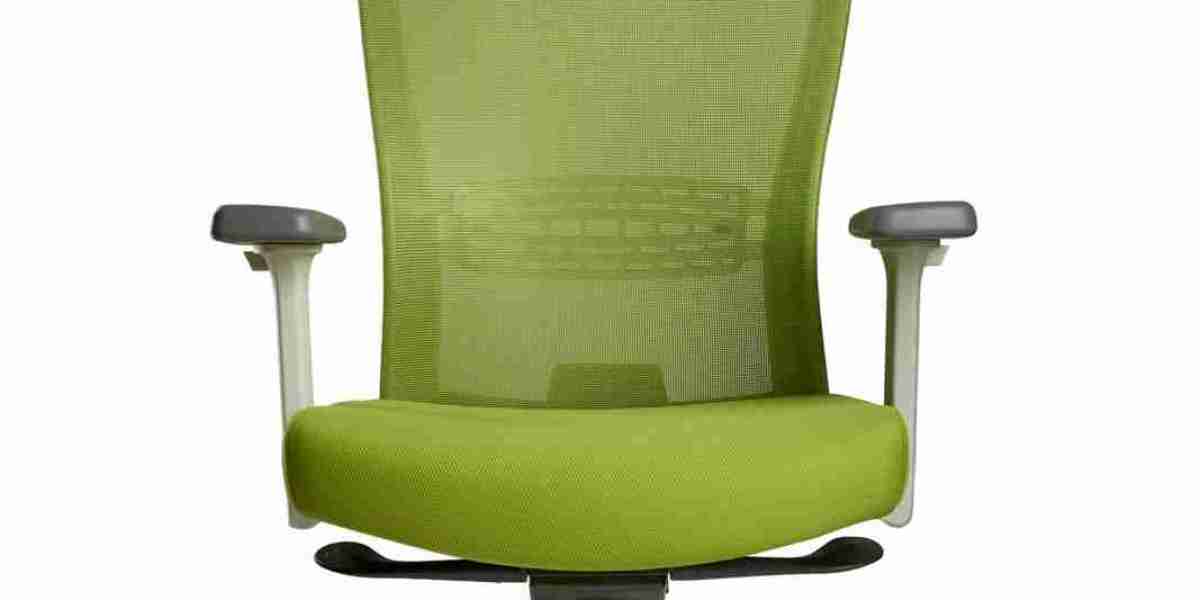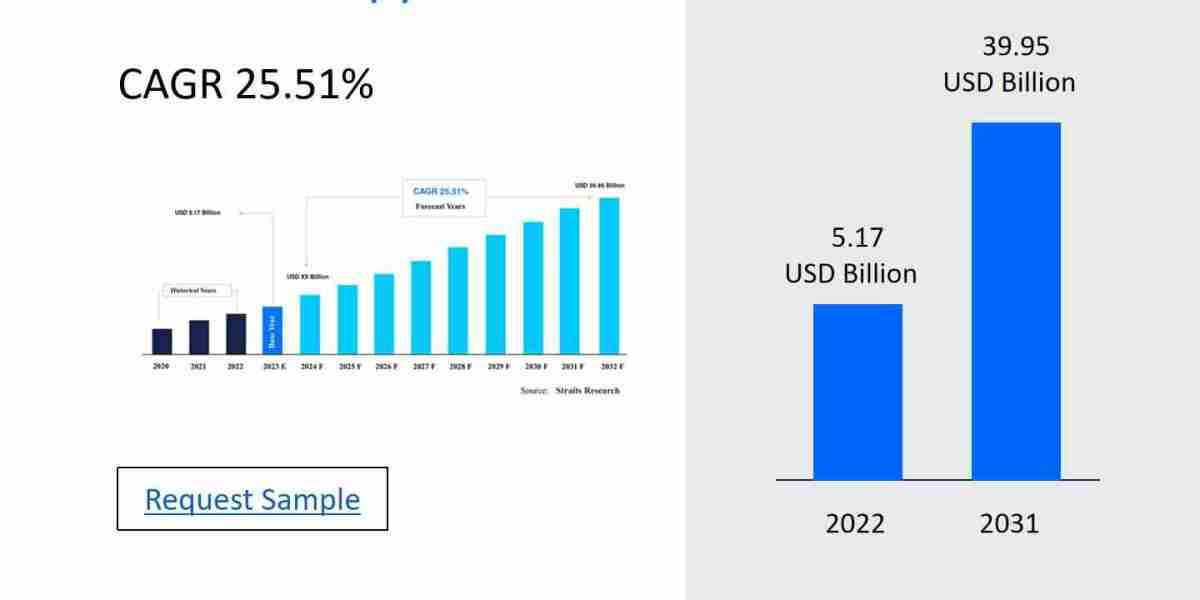The ergonomic chair market in the Asia-Pacific region is experiencing significant growth as businesses and consumers increasingly recognize the importance of comfort and productivity in office settings. This growth is being driven by several factors, including rising awareness of the health risks associated with poor posture, rapid urbanization, and the growing number of office workers in the region. As more companies focus on enhancing employee well-being, the demand for ergonomic office furniture is rising, creating new opportunities for manufacturers and suppliers.
One of the primary drivers of this growth is the increasing awareness about the long-term health effects of sitting for prolonged periods. Poor posture can lead to back pain, neck strain, and other musculoskeletal disorders, which can have a serious impact on employees' health and productivity. This has prompted companies to invest in ergonomic solutions, including chairs that are designed to provide better lumbar support, adjustability, and comfort. Furthermore, the growing trend of remote work, accelerated by the global pandemic, has prompted individuals to prioritize ergonomics at home, leading to a surge in demand for ergonomic office chairs.
In addition to health concerns, the rise of the middle class in Asia-Pacific countries is fueling market growth. As disposable incomes increase, consumers are more willing to invest in quality office furniture, including ergonomic chairs. This shift is particularly noticeable in emerging markets such as China, India, and Southeast Asia, where urbanization and economic development are rapidly transforming the landscape of office furniture consumption. Furthermore, businesses in these regions are increasingly adopting modern office setups that prioritize employee health and comfort, further driving the demand for ergonomic chairs.
However, despite the growth prospects, the ergonomic chair market in Asia-Pacific also faces several challenges. One of the key challenges is the high cost of ergonomic chairs, which can be a barrier for small businesses and individuals, especially in emerging markets where price sensitivity is high. Additionally, the lack of awareness about the benefits of ergonomic furniture in certain regions may hinder market growth. In many cases, businesses may overlook the long-term benefits of investing in ergonomic solutions, focusing instead on cheaper, less effective alternatives.
Moreover, the availability of low-cost, mass-produced office chairs poses a significant challenge for companies operating in the ergonomic chair market. These low-cost alternatives are often seen as a more affordable option, which can limit the adoption of ergonomic chairs, particularly among price-conscious consumers. However, as the region's economic landscape continues to evolve, there is growing potential for manufacturers to introduce cost-effective ergonomic solutions that cater to the needs of both businesses and individual consumers.
Despite these challenges, the ergonomic chair market in Asia-Pacific offers numerous opportunities. The growing demand for office furniture driven by remote work trends and increasing awareness about health and well-being provides a solid foundation for market growth. Additionally, there is significant potential for innovation in the design and functionality of ergonomic chairs. Manufacturers can explore new materials, technologies, and features to create more comfortable and affordable options for consumers, helping to expand the market further.
In conclusion, the ergonomic chair market in Asia-Pacific is poised for strong growth, fueled by rising awareness of health concerns, economic development, and changing workplace dynamics. While challenges such as cost and awareness persist, the opportunities for manufacturers to innovate and cater to the region's growing demand for ergonomic solutions are abundant. With the right strategies, businesses in the region can tap into this expanding market and meet the evolving needs of consumers and employees alike.




